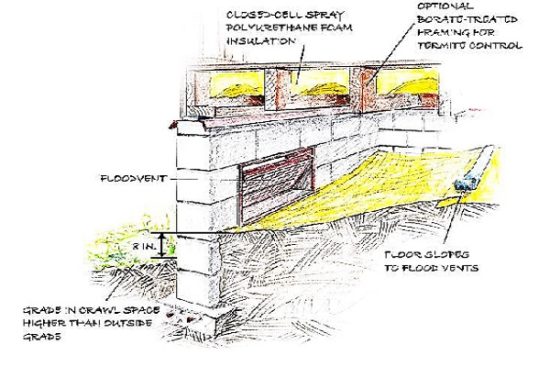-
×
 test
4 × $1.00
test
4 × $1.00 -
×
 E - 1103 Hydraulic Design of Storm Sewers with Excel
1 × $100.00
E - 1103 Hydraulic Design of Storm Sewers with Excel
1 × $100.00 -
×
 E - 1131 Hazardous Waste Identification
1 × $50.00
E - 1131 Hazardous Waste Identification
1 × $50.00
Subtotal: $154.00


 test
test  E - 1103 Hydraulic Design of Storm Sewers with Excel
E - 1103 Hydraulic Design of Storm Sewers with Excel  E - 1131 Hazardous Waste Identification
E - 1131 Hazardous Waste Identification 








written material is a little longer than needed. quite a few ideas are repeated. good otherwise!
Essential course for structural engineers dealing with residential construction.